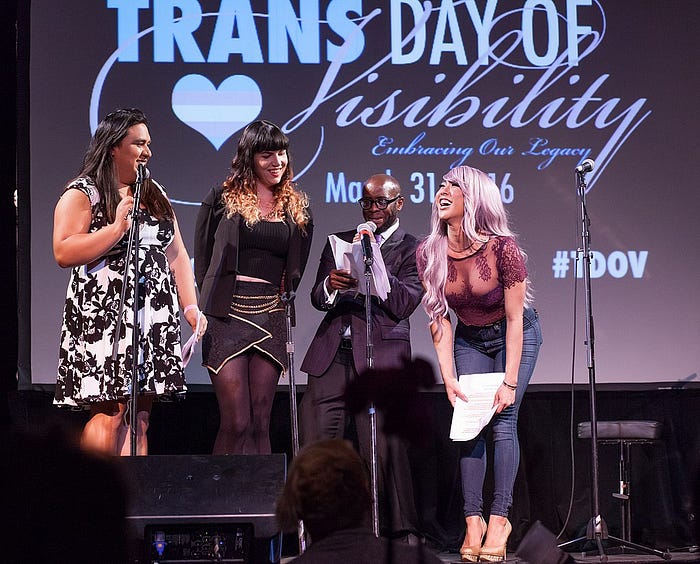Member-only story
The Truth About Trans Women
Countering transphobic talking points

In the United States, trans people have been facing a multi-year onslaught of legislative attempts to deny our identities and curtail our rights. The primary targets of these transphobic bills — some of which have become law — are trans women and girls.
The main movers behind this wave of hatred are conservatives and TERFs (trans-exclusionary radical feminists, who usually call themselves “gender-critical”). They claim their efforts are to protect women, by which they mean cisgender women, though they rarely use or acknowledge that term.
In arguing for their case, transphobic people state a number of false claims about the dangers of trans-affirming medical procedures and “ideology”. These falsehoods have been debunked by knowledgeable folks, including trans author and biologist Julia Serano, whose writing I highly recommend. But they also repeat more glib talking points, which I will address below.
You can’t change your sex.
Correct. Trans people do not transition in order to change their sex, but to confirm it.
Many, though not all, trans women knew from early childhood that they were girls, even if they didn’t have the knowledge or safety to express these feelings at that time. Transitioning helps alleviate gender dysphoria, the discomfort most trans people experience at the mismatch between our gender identities and our bodies. It is this internal sense of identity that determines our gender, not any legal, medical, or social steps we might take to transition.
This understanding is part of why the term gender confirmation surgery is now preferred over sex change surgery, though not all trans women pursue medical procedures. It is also part of why the word transsexual has fallen out of favor, though some trans people still prefer to use that term for themselves.
Though sex usually refers to body parts, the words sex and gender are often used interchangeably in everyday settings. This fact is weaponized by some TERFs, who might use she/her pronouns for trans women, but still insist on calling them “males”. However, referring to a trans woman as male is still misgendering, just as much as it would be to call her a man.
